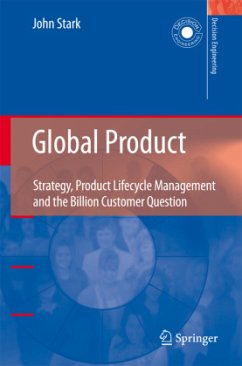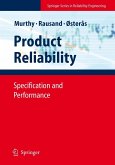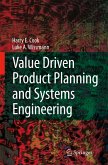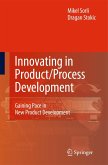In the early years of the 21st Century, as a result of many changes, it has become possible for the first time for tens of thousands of companies to offer manufactured products to customers across six continents. For many of these "global products", there are potentially more than a billion customers. In 2007, Wall Street hit new highs as the enormous opportunity for increased sales and profits became clear. However the new environment is not easy to manage and the risks are high.
Meeting the various requirements of customers from a range of countries, choosing the most suitable locations for the different stages of development and manufacturing, deciding what can be global and what must be local, implementing suitable processes and systems, accommodating different national regulations, and efficiently dividing the workload between diverse sites are among the many challenges faced by providers of global products.
Product Lifecycle Management is now used worldwide to manage the innovation, development and support of global products. This key new business activity manages a product anywhere in the world, at any time in its life: from the first idea through to recycling and disposal.
Based on interviews with executives and managers in companies such as ABB, Alcatel-Lucent, Dow Corning and Siemens, Global Product outlines the new environment and driving forces, and the resulting opportunities and challenges. From lessons learned, it draws conclusions about best practices and the ground rules for successful strategies, structures and implementation. In addition, the objectives and components of Product Lifecycle Management are highlighted.
Meeting the various requirements of customers from a range of countries, choosing the most suitable locations for the different stages of development and manufacturing, deciding what can be global and what must be local, implementing suitable processes and systems, accommodating different national regulations, and efficiently dividing the workload between diverse sites are among the many challenges faced by providers of global products.
Product Lifecycle Management is now used worldwide to manage the innovation, development and support of global products. This key new business activity manages a product anywhere in the world, at any time in its life: from the first idea through to recycling and disposal.
Based on interviews with executives and managers in companies such as ABB, Alcatel-Lucent, Dow Corning and Siemens, Global Product outlines the new environment and driving forces, and the resulting opportunities and challenges. From lessons learned, it draws conclusions about best practices and the ground rules for successful strategies, structures and implementation. In addition, the objectives and components of Product Lifecycle Management are highlighted.








